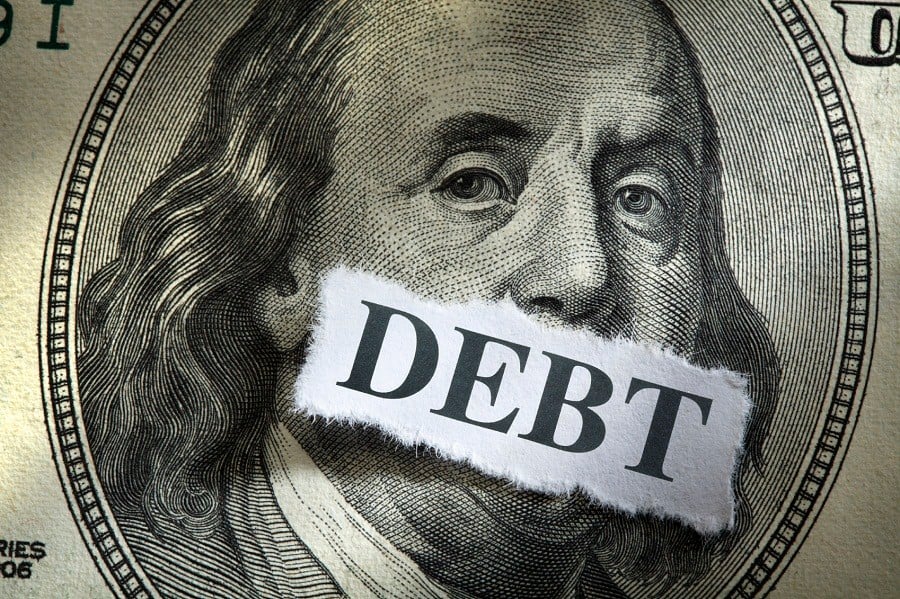As consumer or household debt climbs to a record $3.5 trillion, new data shows where you live has a lot to do with how quickly you reach your goal.
Now that the stockings are unstuffed and the tree's out on the curb, are the holidays still showing up on your monthly credit card bill? If so, you aren't alone. Outstanding credit card debt in the U.S. was expected to surpass $900 billion by year-end, according to CardHub, a credit card comparison website. The full year-data isn't yet in, but the Federal Reserve's most recent measure of all consumer or household debt, released Friday, clocked in at a whopping $3.5 trillion at the end of November. This measure, which includes credit card debt as well as auto loans and other lines of credit but does not include mortgages, is at an all-time high.
http://www.investmentnews.com/wp-content/uploads/assets/graphics src="/wp-content/uploads2016/01/CI103322111.JPG"
Consumer Resolve to Pay Down That Debt
With U.S. debt on the rise, many consumers have set a goal of improving their financial health in the new year. According to a national survey by credit reporting company Experian, more than a quarter of Americans set a New Year's Resolution to pay off a credit card or at least pay the full balance every month as they look to reduce their debt load.
http://www.investmentnews.com/wp-content/uploads/assets/graphics src="/wp-content/uploads2016/01/CI103323111.JPG"
Too Bad Interest Rates Are Rising
Of course, simply wanting to pay down your credit card debt doesn't make it so. You also have to have the funds. Unfortunately for plastic-happy consumers, interest rates have recently started to inch higher, raising barriers to paying down a debt load. According to CardHub, the Federal Reserve's announced interest rate hike will collectively cost consumers around $1.3 billion in additional credit card debt payments over the next year.
The chart below shows average interest rates for new credit cards opened that quarter. As you can see, interest rates for consumers with only fair credit or for those using store credit cards were higher in the fourth quarter.
http://www.investmentnews.com/wp-content/uploads/assets/graphics src="/wp-content/uploads2016/01/CI103325111.JPG"
Where You Live Matters, Too
So how long is it going to take you to pay down your credit card debt? Depends where you are. According to data from CardHub and credit information company TransUnion, the average number of months it takes to pay off the average credit-card balance in 2,547 U.S. cities varies radically. In Cupertino, Calif., the city with the most sustainable debt levels, residents have an average of $4,703 in credit card debt and the costs associated with paying it off come it at a manageable $309. At that rate, it will only take 10 months to pay down debt there, given average income levels. At the other end of the scale is College Station, Texas, home to the main campus of Texas A&M University. Average credit-card debt there is only a few hundred dollars more at $5,601, but given other factors like average income, it would cost those Texans a whopping $25,221 and 387 months to pay it all off.
Below, we chart the 10 best and worst U.S. cities in terms of how long it will take its residents on average to pay off all their credit card debt. At least when it comes to credit card debt, looks like everything is, in fact, sunnier in the Golden State.
http://www.investmentnews.com/wp-content/uploads/assets/graphics src="/wp-content/uploads2016/01/CI103326111.JPG"







